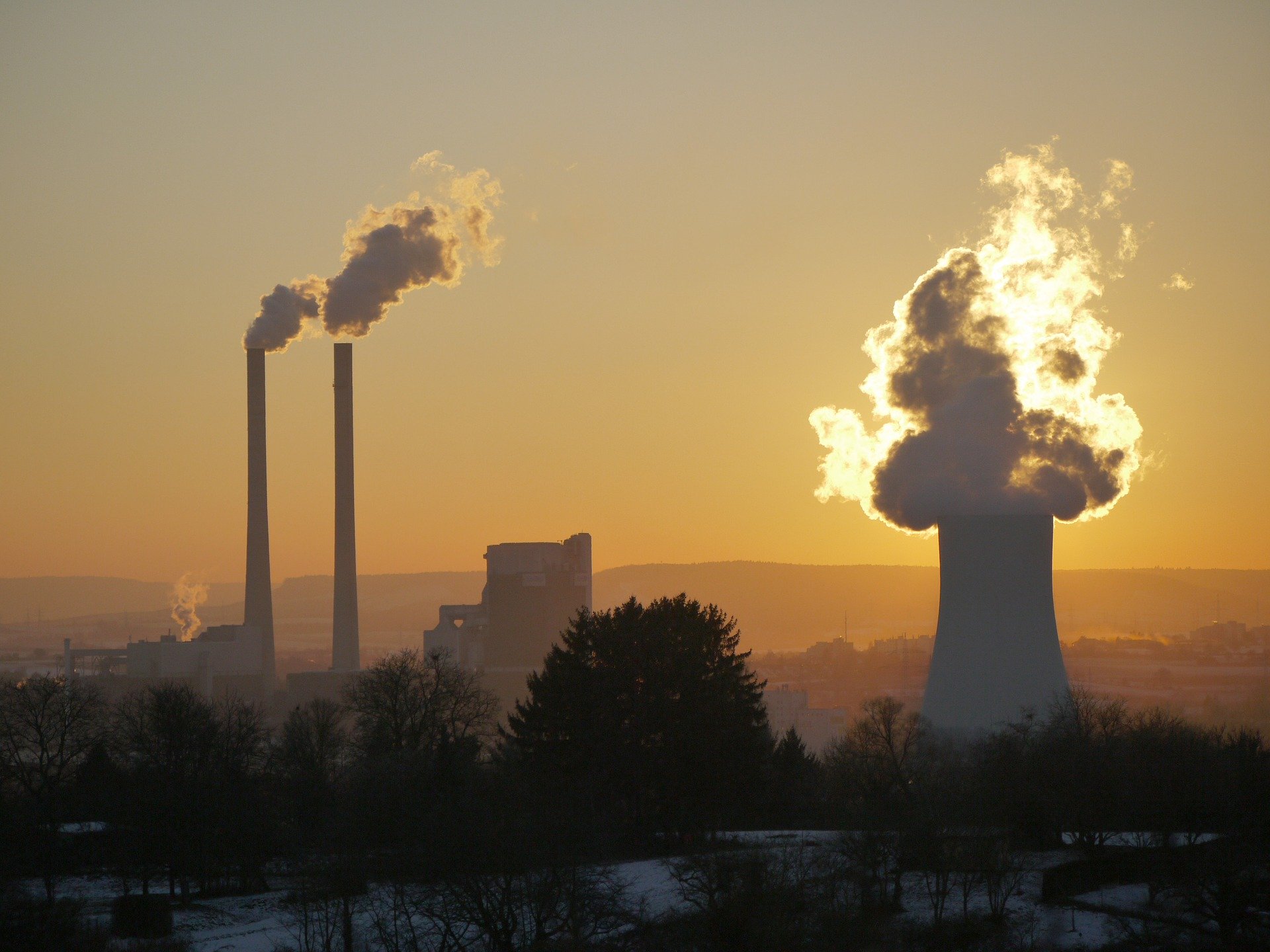The American Lung Association’s 2020 State of the Air report is out, and the data reveals that more cities across the U.S. experienced high ozone days and increased levels of particle pollution compared to the years covered by the 2019 report (2015-2017). For the fourth consecutive year, the St. Louis region escaped being ranked among the most ozone-polluted cities in the U.S., however, the area ranked 25th on the list for most-polluted cities by year-round particle pollution.
In a concerning trend attributed to record setting heat, St. Louis and far too many other cities across the nation saw a spike in high ozone days, short-term particle pollution and increased levels of year-round particle pollution. The three years covered in this report (2016-2018) ranked among the five hottest years on record globally, showing evidence that a changing climate is making it harder to protect human health and putting millions more people at risk. Altogether, 45.8 percent of the population is exposed to unhealthy air, and St. Louis residents are among those affected.
“While it’s encouraging that the St. Louis metro area remains off the list of the 25 most ozone-polluted cities in this year’s report, we are far from a clean bill of health for lung health in our region,” said Susannah Fuchs, Director of Clean Air for the American Lung Association in Missouri. “As we prepare to settle into the summer months when we’re at greater risk for higher levels of ozone pollution in our region, the Clean Air Partnership urges area residents to continue their efforts to take voluntary steps to reduce emissions. Those actions play a critical role in improving air quality conditions and helping people across the region breathe easier, which is especially important for children, older adults and those who suffer from lung diseases.”
That call for voluntary action has been the constant drum beat for the Clean Air Partnership for 25 years as it has been a champion for cleaner air in the St. Louis region. And in this milestone year, the Clean Air Partnership is holding steadfast to its mission of educating the St. Louis metropolitan area about the health risks associated with poor air quality and the impact of everyday actions on the environment.
Air quality forecasting season resumed May 1st, and while weather conditions do play a significant role in our region’s daily air quality, we are reminded that transportation-related emissions have always been one of the biggest contributors to air pollution. The season may start with fewer automobiles on the road as the region continues to respond to COVID-19, but there are still a variety of things people can be doing to augment the benefits that the increased telecommuting may yield for our air quality this year. Actions like walking and biking more, combining errands into a single trip, opting for electric vehicles, and avoiding vehicle idling can all help reduce emissions on any given day.
For additional information on the health effects of poor air quality, tips for doing your share for cleaner air and to sign up for the daily air quality forecasts, visit www.cleanair-stlouis.com. You can also like the Clean Air Partnership on Facebook or follow @gatewaycleanair on Twitter to stay up to date. To access the American Lung Association’s 2020 State of the Air report, visit www.lung.org.

